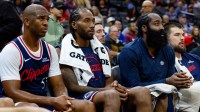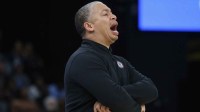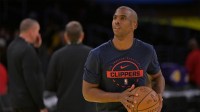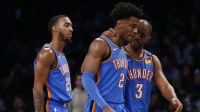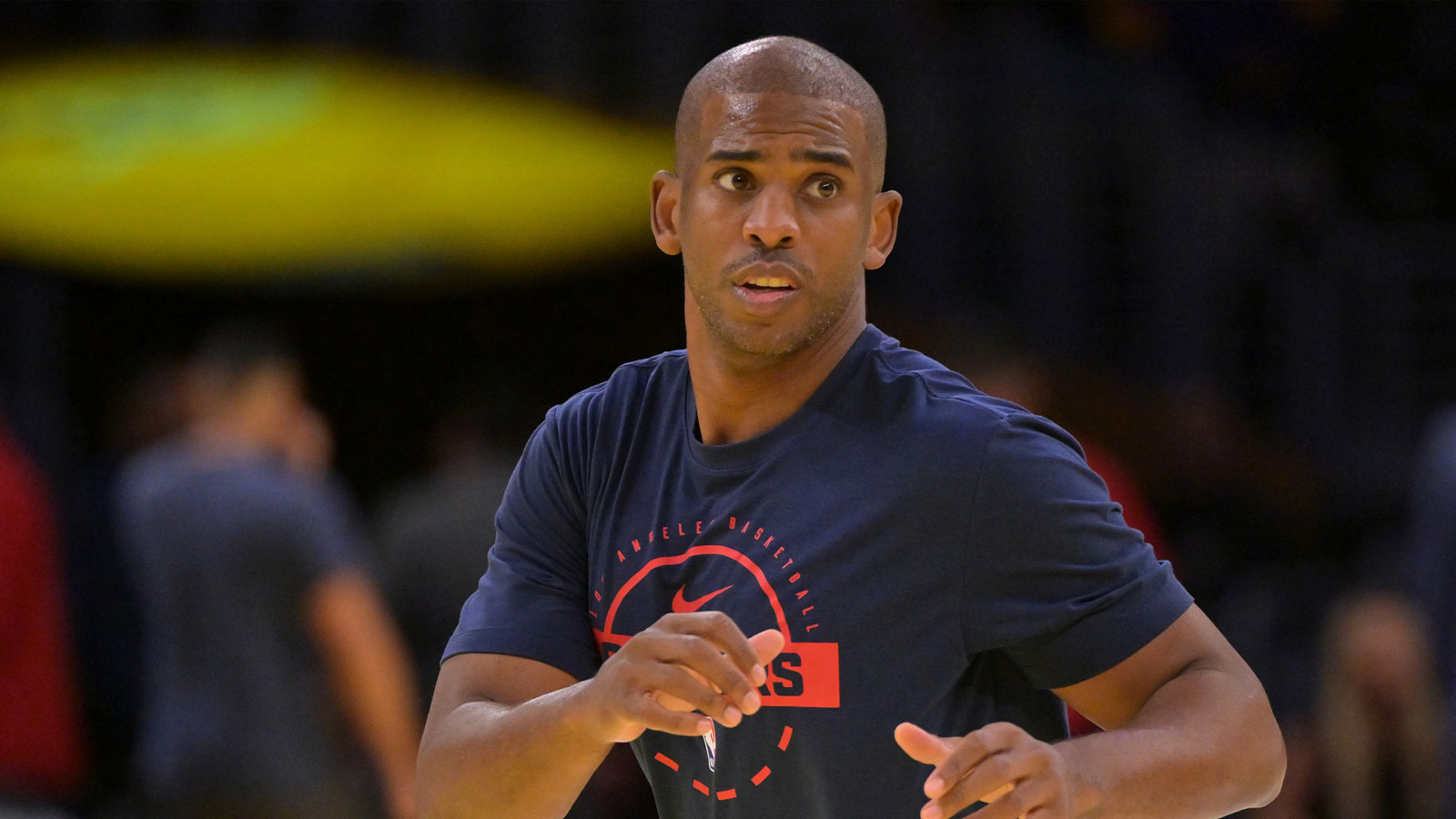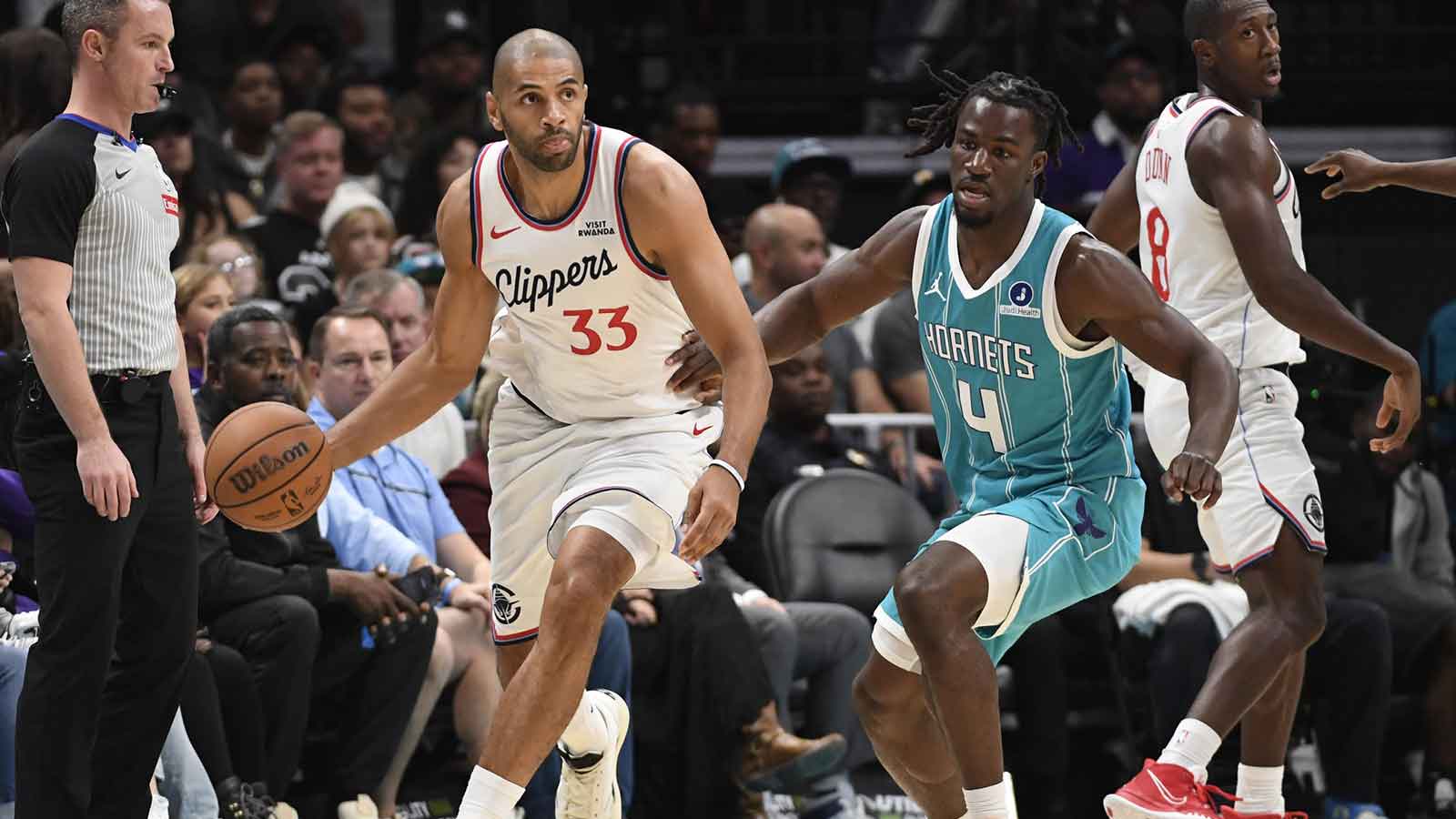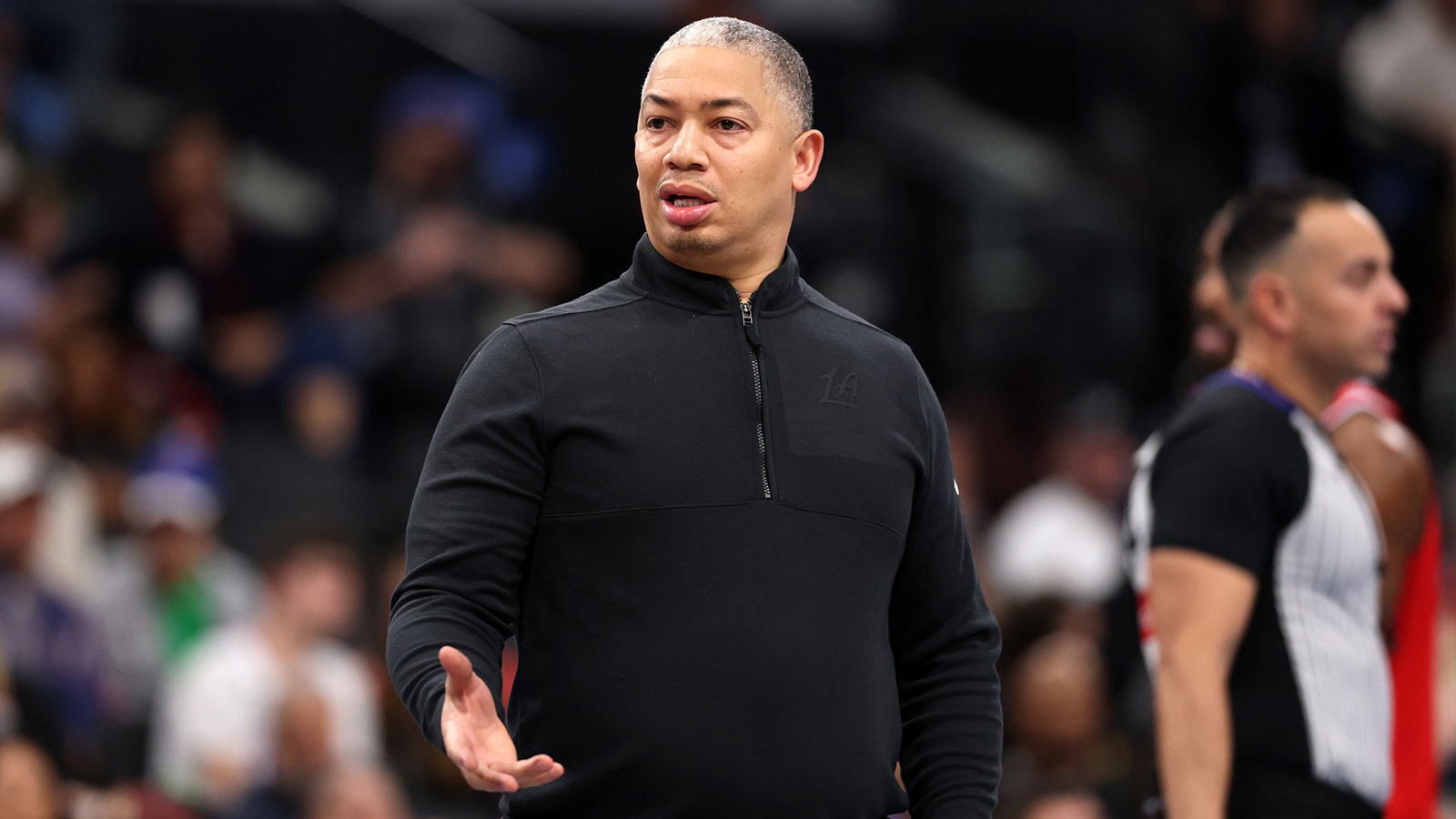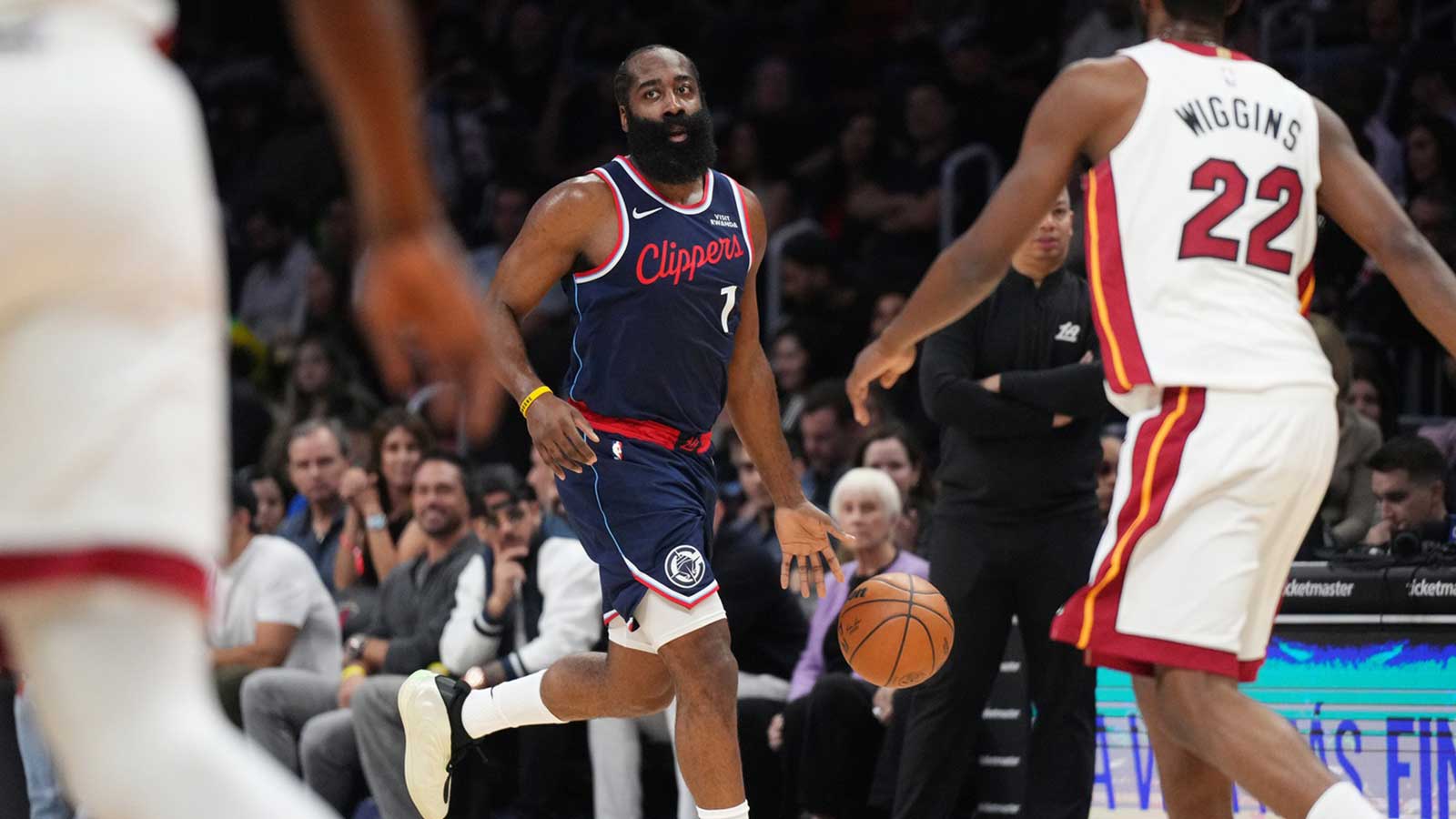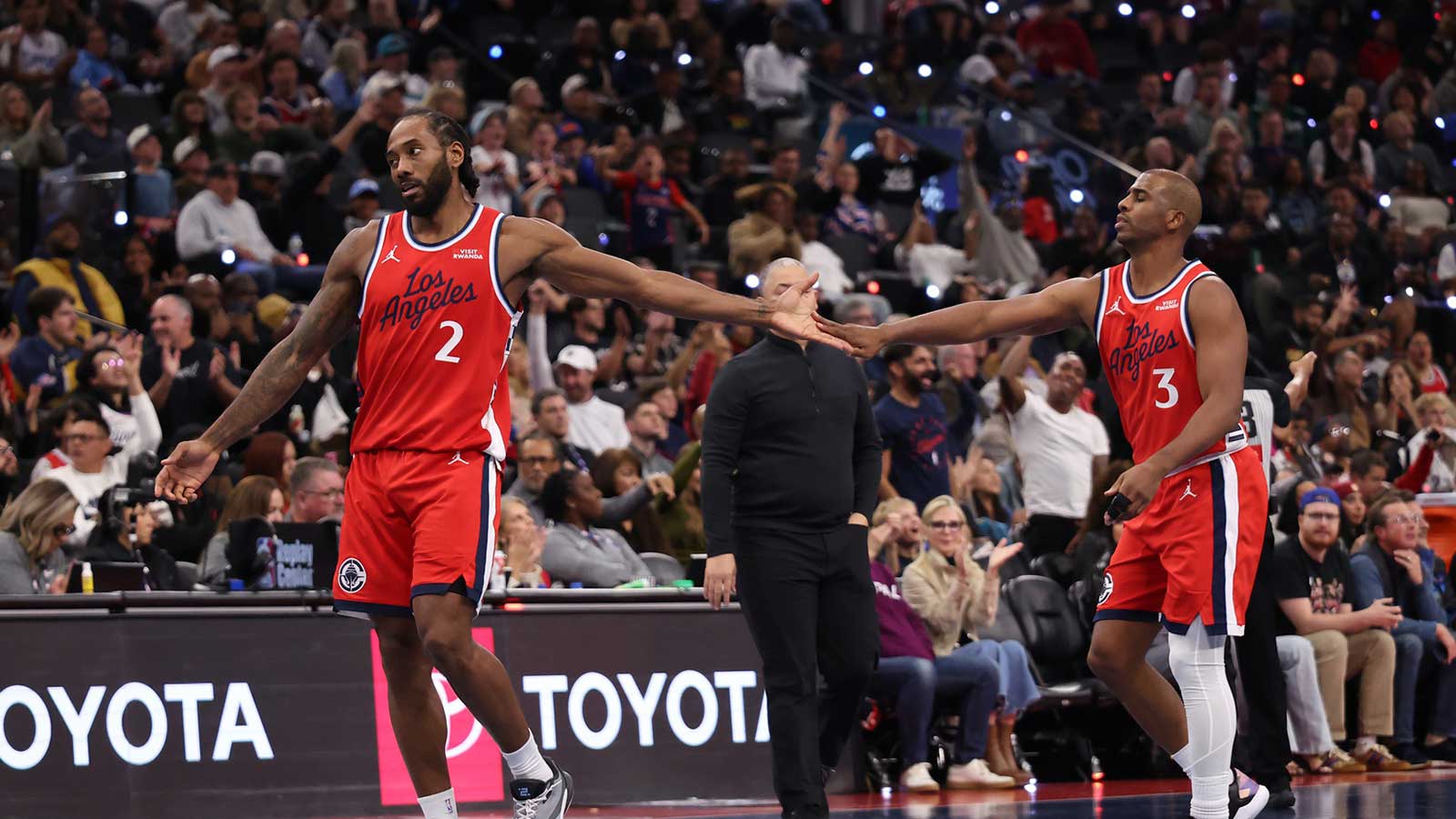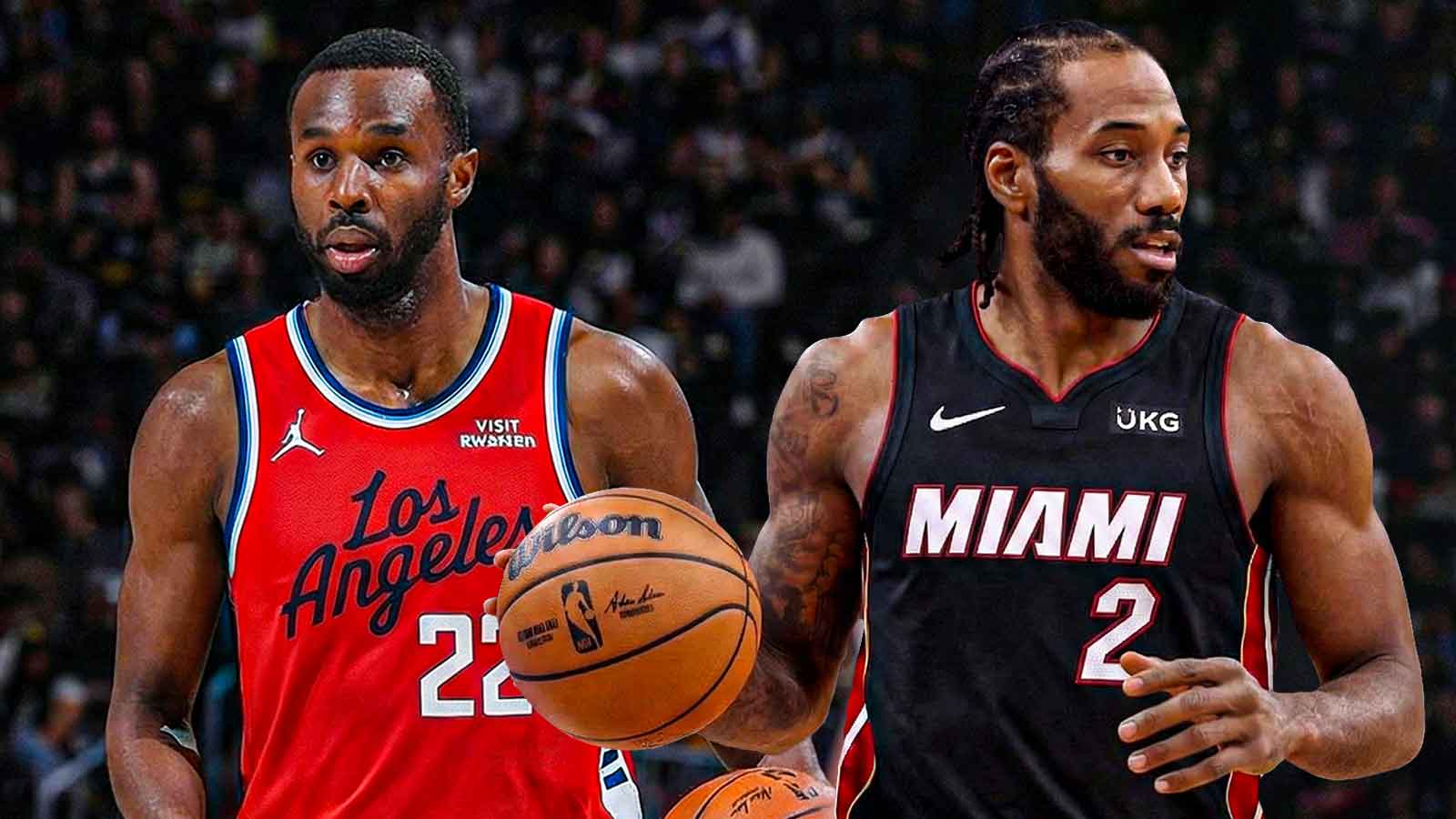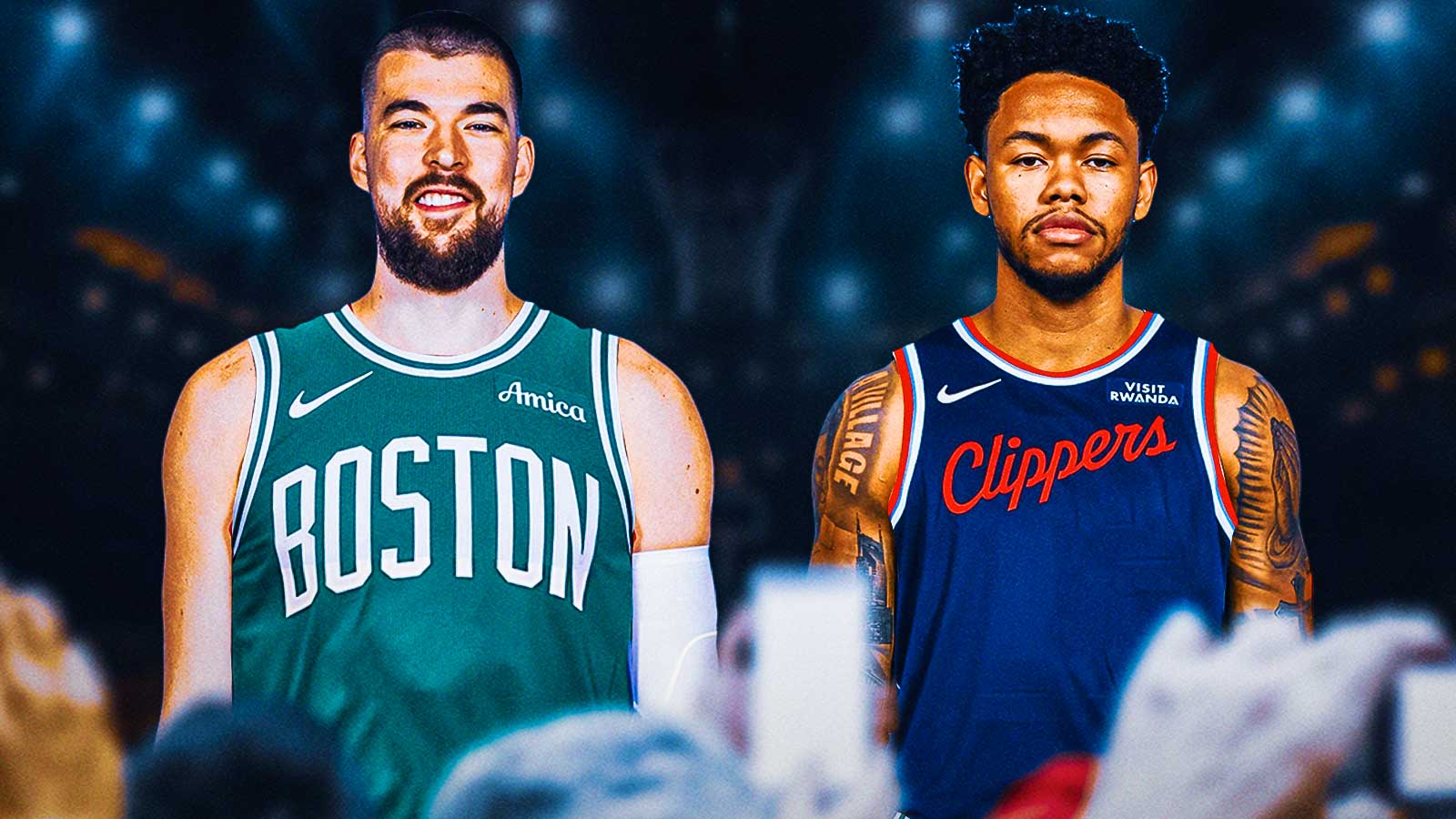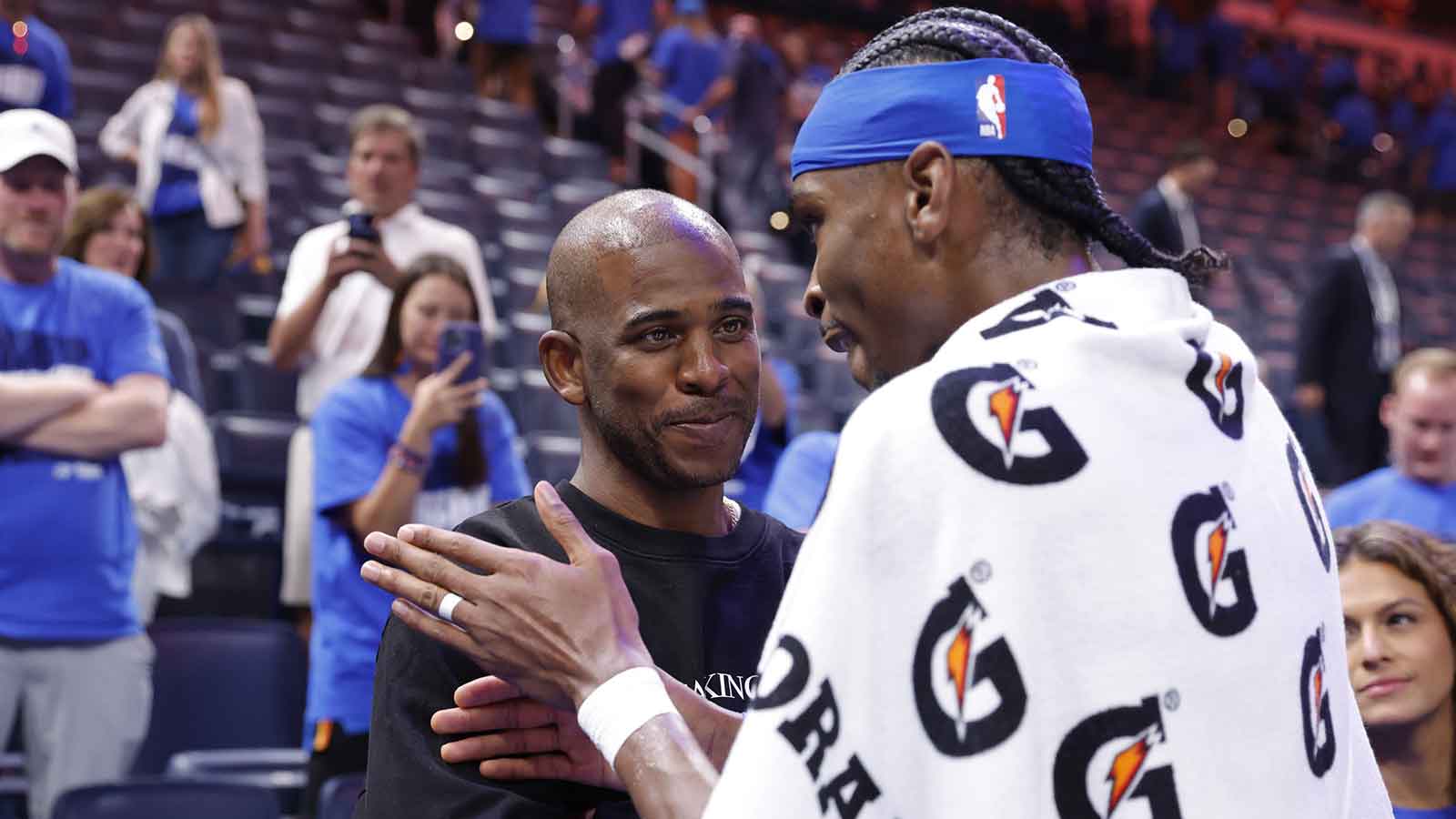As the Clippers have found out, Kawhi Leonard is a prison. Just as he locks up players on the court, his special kind of infrequent brilliance cripplingly limits the Los Angeles Clippers' possibilities. When he plays, he's the kind of player who can win a playoff series on his own, a one-man trump card who gives the Clippers the upper hand in just about any matchup; just rewatch him steal Game 1 against the Phoenix Suns' all-world duo of Devin Booker and Kevin Durant for proof. The problem is that he rarely ever plays: Leonard averaged 34.5 points (on 67 percent True Shooting), 6.5 rebounds and 6.0 assists in the playoffs this year, but played just two games before tearing his meniscus. His tenure with the Clippers has largely been a failure because he hasn't been able to stay healthy long enough for his team to succeed. As such, here's why the Clippers must trade Kawhi Leonard this summer.
Kawhi Leonard isn't reliable enough for the Clippers
The most dangerous lie that Kawhi Leonard ever told the Clippers is that he makes them a championship contender. On a game by game basis, the Clippers can beat anybody in the world when healthy—when Kawhi Leonard and Paul George both play, the Clippers are 83-35 over the last four seasons, which would translate to roughly 58 wins over an 82 game season. The sheer scope and breadth of Leonard's (and, to a slightly lesser extent, George's) talent makes it easy to believe that the only thing holding the Clippers back from a dynasty is a fluke injury or two. The thing is, though, Leonard's injuries can't be considered flukes if they happen every year. Beyond tearing his meniscus this year, Leonard tore his ACL in the second round of the playoffs in 2021, sabotaging the franchise's best chance at winning their first ever championship as the undermanned Clippers ultimately ran out of juice against the Suns in the Western Conference Finals.
During his time with the Spurs, Leonard became the face of load management, but he's proven to be so fragile that he renders the whole process irrelevant. It's one thing when aging stars Kevin Durant and LeBron James miss time to tend to various dings and ailments in the regular season because they're invariably ready to be their team's warhorse come the playoffs—it's another when Leonard misses half the season only to get hurt as soon as his body is exposed to the stress of the postseason.
Even more concerning is the fact that this is probably the healthiest that Leonard will ever be. The root of his raft of injuries isn't a series of unfortunate events: his legs are disintegrating. Over the years, Leonard has developed tendinopathy in both his right quadriceps and left patellar tendon. Unlike a standard tear, tendinopathy is a continuous and degenerative condition. Whereas a player can bounce back from a torn ACL without further complications, Leonard's knees will never fully heal. With each passing day, Leonard is increasingly vulnerable to serious injuries; his body is fundamentally unsuited to withstand the rigors of playing basketball. Unfortunately, the only way to win an NBA championship is to play basketball.
Trading Leonard is the only way to rebuild
To orchestrate their seemingly transformative 2019 free agency coup, the Clippers emptied the clip, trading for Paul George to lure Leonard away from the Lakers and Raptors; cumulatively, the Clippers swapped Shai Gilgeous Alexander, Danilo Gallinari, four unprotected first round picks (2021, 2022, 2024, 2026) and three swaps (2021, 2023, 2025) for Leonard and George. While the deal was understandable (laudable, even) at the time, it's now kneecapped the Clippers' future prospects as the Clippers still don't have control of their own draft pick until 2027. Worse, Gilgeous-Alexander is now a superstar who will make his All-NBA First Team this season; even putting aside all the draft picks, he's straight up a better player than George. To be sure, the deal would be worth it if the Clippers can win a championship, but they haven't and they won't.
Accordingly, the Clippers are burdened with a sclerotic, injury-prone roster, but have no means of naturally improving from within—they can't tank because that would merely help the Thunder. In this sense, their only chance of rebooting the team would be by trading Leonard, who would surely still fetch a sizable haul in a trade. For context, the Suns sent Mikal Bridges, Cam Johnson and four unprotected firsts to the Nets for Kevin Durant, who's three years older than Leonard and has a host of injury concerns of his own. To wit, the implementation of the new luxury tax apron makes the Clippers current situation extra untenable—the Clippers have been able to build out a deep roster to stay afloat without Leonard, but it'll soon be cost-prohibitive to keep such an expensive roster. The Clippers need to become a leaner, younger and more flexible team—trading Leonard is the only way to do so.


